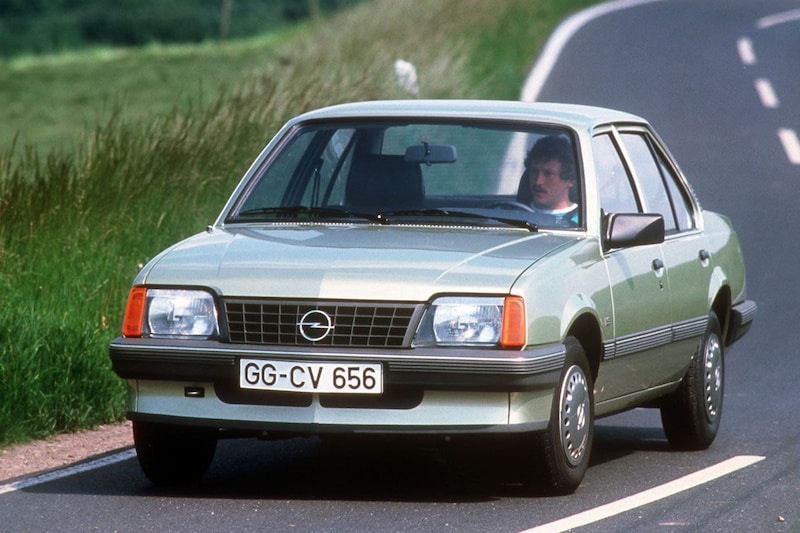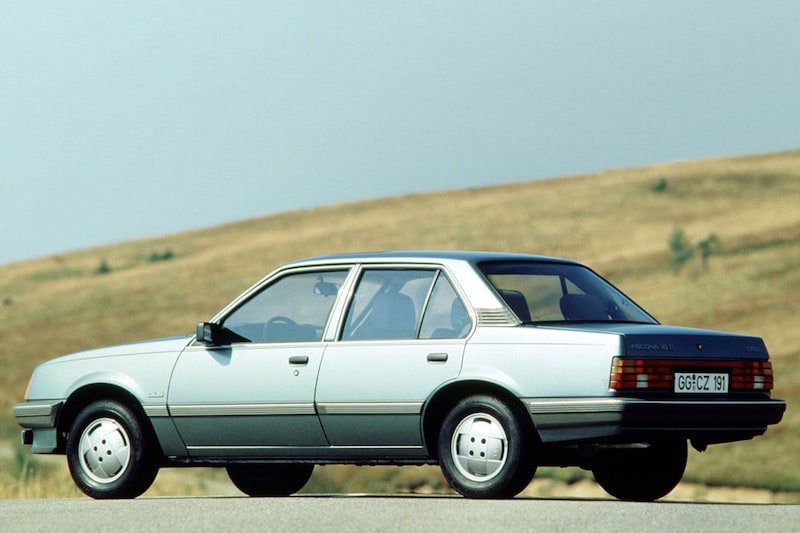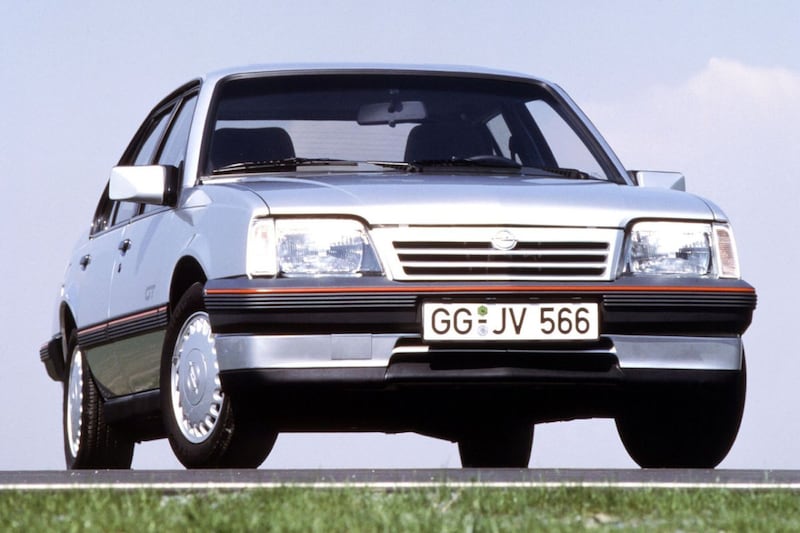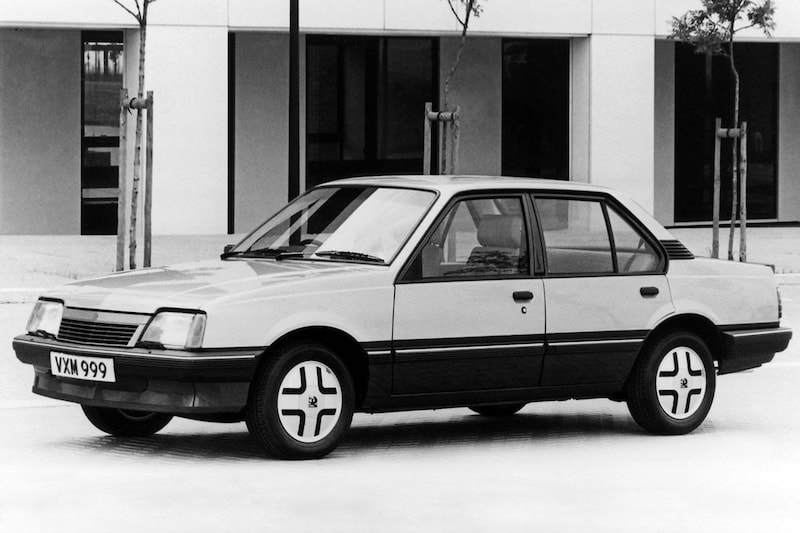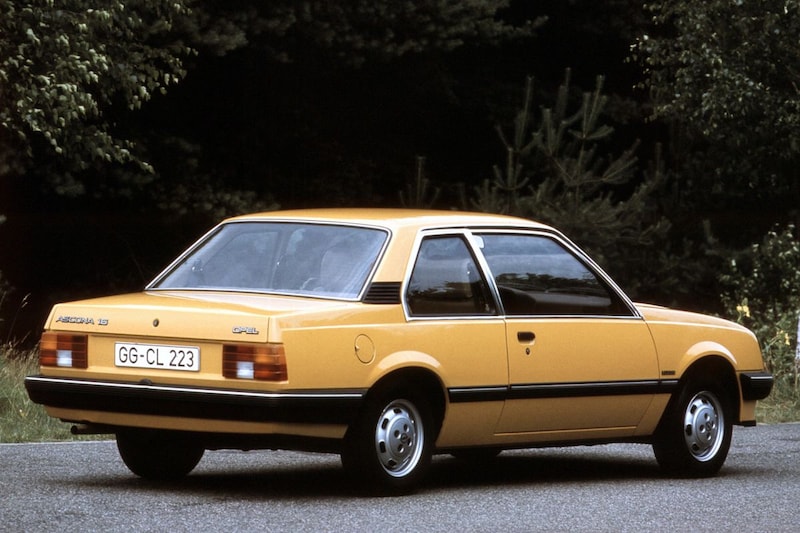Quickly faded into oblivion


The BMW 3 Series, the Mercedes-Benz 190 and the Ford Sierra are the usual suspects when it comes to sedans from the 80s, while the Opel Ascona C has fallen into oblivion. The first front-wheel drive Ascona could never match the popularity of its predecessor, the rear-wheel drive Ascona B. Seven reasons why the mid-sized car is not on the radar of classic fans.
Fancy an experiment? Then say at a classic car meeting that you have an Opel Ascona. Bet everyone asks if that’s an A or a B? If you then answer that you have a C, you can assume that the enthusiasts will dig into their memory to find out what an Ascona C looks like again. And that while he was one of the best-selling middle class cars during his career (from 1981 to 1988). Opel built no fewer than 1.7 million units, numbers that are unimaginable for volume brands in this segment today. Each year, on average, a quarter more Ascona Cs were produced than BMW 3-series of the E30 generation and about 40 percent more than the Mercedes 190. The Ascona C was literally on every street corner at the time and also performed in comparative tests. good. For people without haircuts, it was a car that met all wishes. It was well constructed, economical with fuel, was light and offered a lot of interior space. It was also a modern design. Still, it seems that the majority of classic fans no longer have this model on their radar. There are quite a few reasons for this.

First reason: rather predictable
First, it was a rather predictable car. In 1979, Opel had introduced the Kadett D, with a transversely installed engine, front-wheel drive and angular lines. The Ascona C was developed according to the same recipe, it had few surprising things to offer.
Second reason: the design
The proportions are right, it’s not an ugly car, but it doesn’t really make your heart beat faster. Its designer, Henry Haga of Wisconsin, has been forgotten as much as the everyone’s friend he put on wheels.
Third reason: his image
The Ascona was to be a business-oriented car; there was no room for bling bling and boasting. At the time, the 29-page press kit mainly mentioned all the functional advantages, from space utilization to the coating of the strut housings with polytetrafluoroethylene. The ‘driving pleasure’ aspect was described briefly and concisely. This was mainly due to comfort and driving safety, according to the Opel employees.
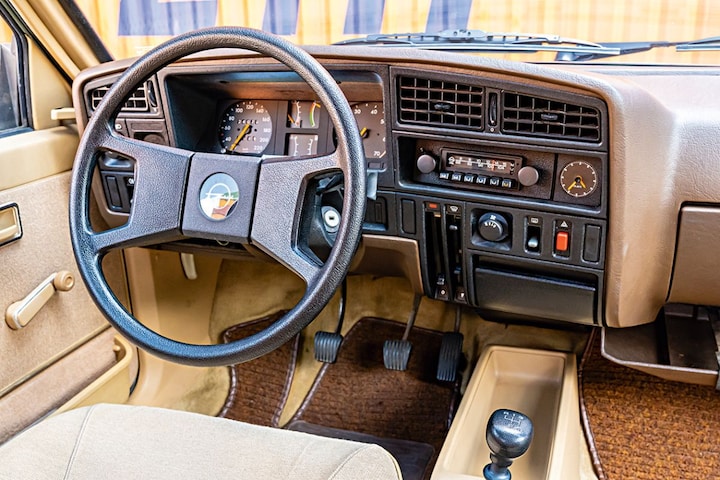
The style was also reminiscent of the Opel Kadett D inside.
Fourth reason: the oil crises
The 1979 oil crisis had major consequences for Opel. In the following year, the manufacturer made a loss – for the first time since 1950 – just as the Ascona C was being prepared for the market launch.
Fifth reason: its predecessor
The Ascona B was a charismatic car with a unique design and driving feel, which was also successful in motorsport. Forty years ago Walter Roehrl became world rallies champion with the Ascona 400, the last time that he succeeded with a non-integrally driven car. The model was already popular in the mid-1980s with men who smoked heavy shag, bought an Ascona B for next to nothing and then ‘tuned’ it themselves.
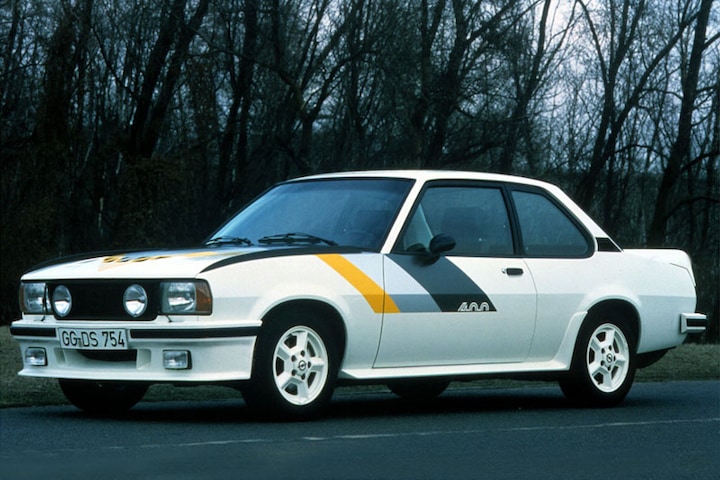
Sixth: the total lack of sportsmanship
This Ascona generation did not start in rally sport and there was also no real sporty variant available. Shortly after its debut, the SR/E with 115 hp was overtaken by the equally powerful, but lighter Kadett D GTE, while the 130 hp Ascona GT followed the Kadett E GSi with the same engine. All in all, the C-Ascona failed to win the hearts of the traditionalists as well as those of the fans of progress, while the sporty drivers also ignored the model.
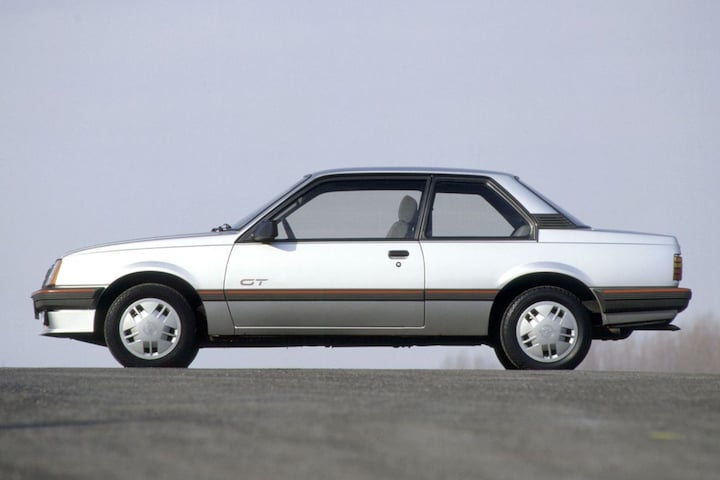
Seventh reason: there was no station, at least not on the mainland!
A station wagon? There wasn’t such a version in the Ascona range at all, was it? That’s right, but the British sister Vauxhall did build it, based on the car that was called Cavalier there. In fact it was an Ascona with the rear of the Australian Holden Camira. The construction process was very cumbersome: the British imported many parts of that Camira – from the roof to the changed bumper attachment – and built the Cavalier Estate using them. And there was also an unofficial Ascona Cabrio, you can read about that here.
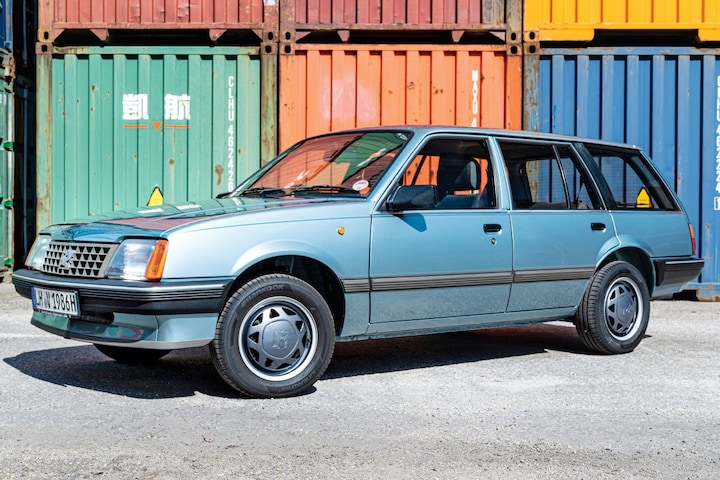
Opel Ascona
.
– Thanks for information from Autoweek.nl
